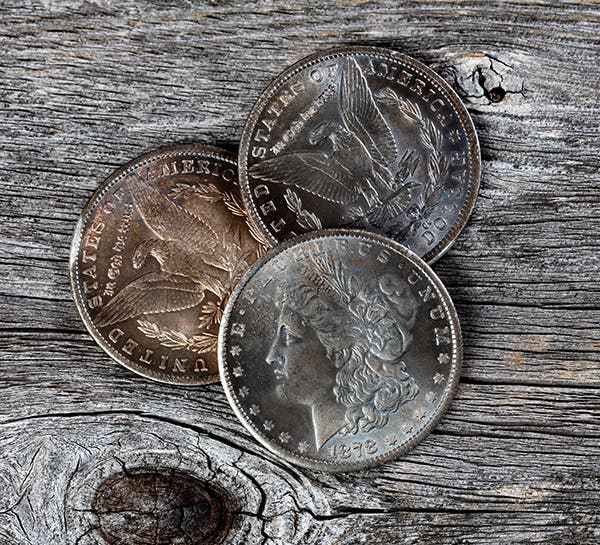Confederate $20 tells interesting tale
To be a great coin, it does not have to be rare and worth millions of dollars. A high price certainly helps, but there are other great coins that while…
To be a great coin, it does not have to be rare and worth millions of dollars. A high price certainly helps, but there are other great coins that while not common are at least possible for many collectors to afford. In this case, what makes the coin great is the story it tells. One such coin with a good story is the 1861-O gold $20.
There is an assortment of considerations when it comes to the 1861-O double eagle. The first is that it was a New Orleans double eagle. For many years, that had been special. It could be safely said that since regular business strike production of the denomination, New Orleans was the one facility at the time that had never really produced many of the coins. Perhaps there was just too little demand in the area, or some other reason, but when you examine the double eagle mintages of the 1850s you find New Orleans was consistently low, sometimes very low. In the three years 1854, 1855 and 1856, not once did the New Orleans mintage exceed 8,000.
In 1860, the low production pattern was still in place. Mintage that year was 6,600. We will never know what the mintage for the 1861-O would have been under normal circumstances because 1861 was anything but normal.
In January 1861 with war clouds hanging over the country, New Orleans continued production. It appears double eagles were something of a priority. By Jan. 31, 5,000 had been made. That was also the date when forces of the State of Louisiana appeared at the door and claimed the facility.
Then Louisiana promptly went into the coin making business. Louisiana produced 9,750 double eagles, but on March 31, 1861, forces of the Confederate States of America appeared at the door. Confederate authorities sensed opportunity. There was an estimated $200,000 in bullion on hand. They produced 2,991 double eagles. Like any good thing, the profits could not last forever as dies break, machines break, bullion supplies are exhausted and other things happen, but by the time coinage efforts ceased, double eagle mintage was 17,741. This number represents the combined efforts of Federal, state and then Confederate authorities.
A natural question is how do you tell which coins were made by which authorities? There is no certain way to tell. There is a belief that if the date seems to be fading due to a worn-out die, it is probably a coin made by the Confederates as they were the last to strike coins. It makes sense, but there is no proof.
With its low mintage, it is difficult to find a well-struck, top-grade example. It is priced at $12,500 in VF-20, $50,000 in AU-50 and $145,000 in MS-60.
Perhaps the question should be to ask how any coins survived at all in anything approaching top grade? New Orleans was a port. The South desperately needed its imports before blockade and then capture of the city closed trade. Gold coins could easily have gone overseas.
Few collectors were on hand to set examples aside. Those who perhaps did might have needed them to survive the deprivations of war and occupation.
But for those collectors who love an interesting story for far less than a million dollars, this is the coin to buy.
This article was originally printed in Numismatic News.
>> Subscribe today or get your >> Digital Subscription
More Collecting Resources
• The 1800s were a time of change for many, including in coin production. See how coin designs grew during the time period in the Standard Catalog of World Coins, 1801-1900 .
• Start becoming a coin collector today with this popular course, Coin Collecting 101.








